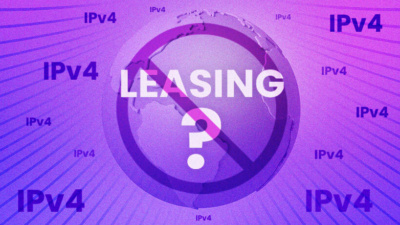IPXO Introduces Reverse DNS Delegation Automation and Management
4 min read
2 May 2022
Vincentas Grinius
Discover how IPXO's automated rDNS delegation feature provides clients with more control over IP resources.

About the author
Vincentas is a business-driven geek with over 15+ years of network, infrastructure and internet policy experience. As a CEO at IPXO, the Internet Protocol platform, Vincentas focuses on helping address complex network management issues and the global IPv4 shortage.
Table of contents
Related reading

27 October 2023 •
IP Leasing,
Stories
Top 10 Benefits of Leasing IP Addresses for IP Holders
Explore the top 10 benefits of leasing IP addresses with IPXO. Maximize income, protect your IP resources, and gain full control.
Read more
22 March 2023 •
IP Leasing
Opinion: IP Leasing Should Become a Market Standard
Learn why IPv4 leasing should become a market standard, which would bring many benefits in a more competitive environment, leading to additional revenue for all parties involved.
Read more
20 February 2023 •
IP Leasing
The Ultimate Guide to IPv4 Lease for IP Lessees
IPv4 lease enables companies to scale networks without purchasing expensive IPs and spending additional resources on IP management and IP reputation monitoring. Discover how to lease IPs with ease…
Read moreSubscribe to the IPXO email and don’t miss any news!



